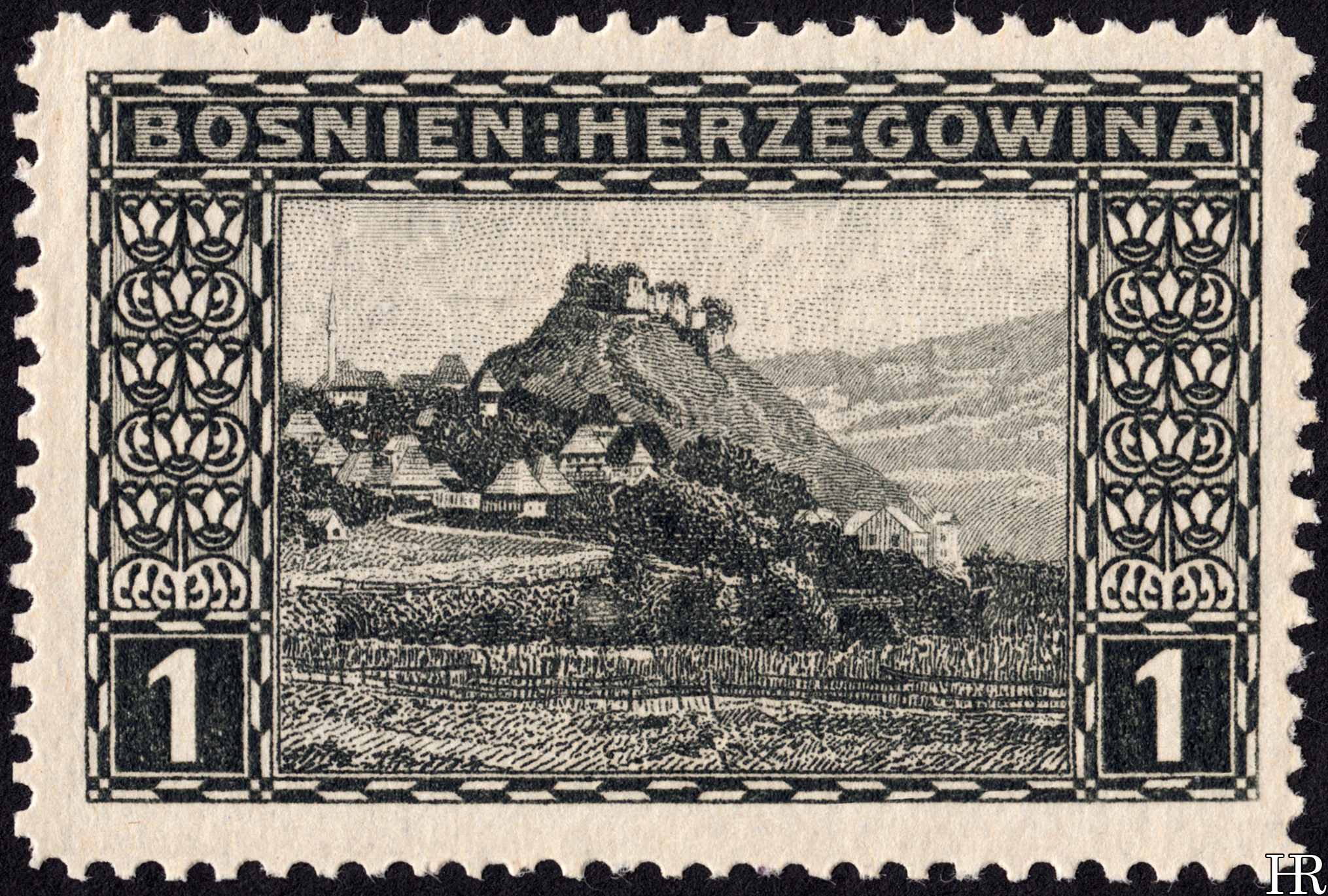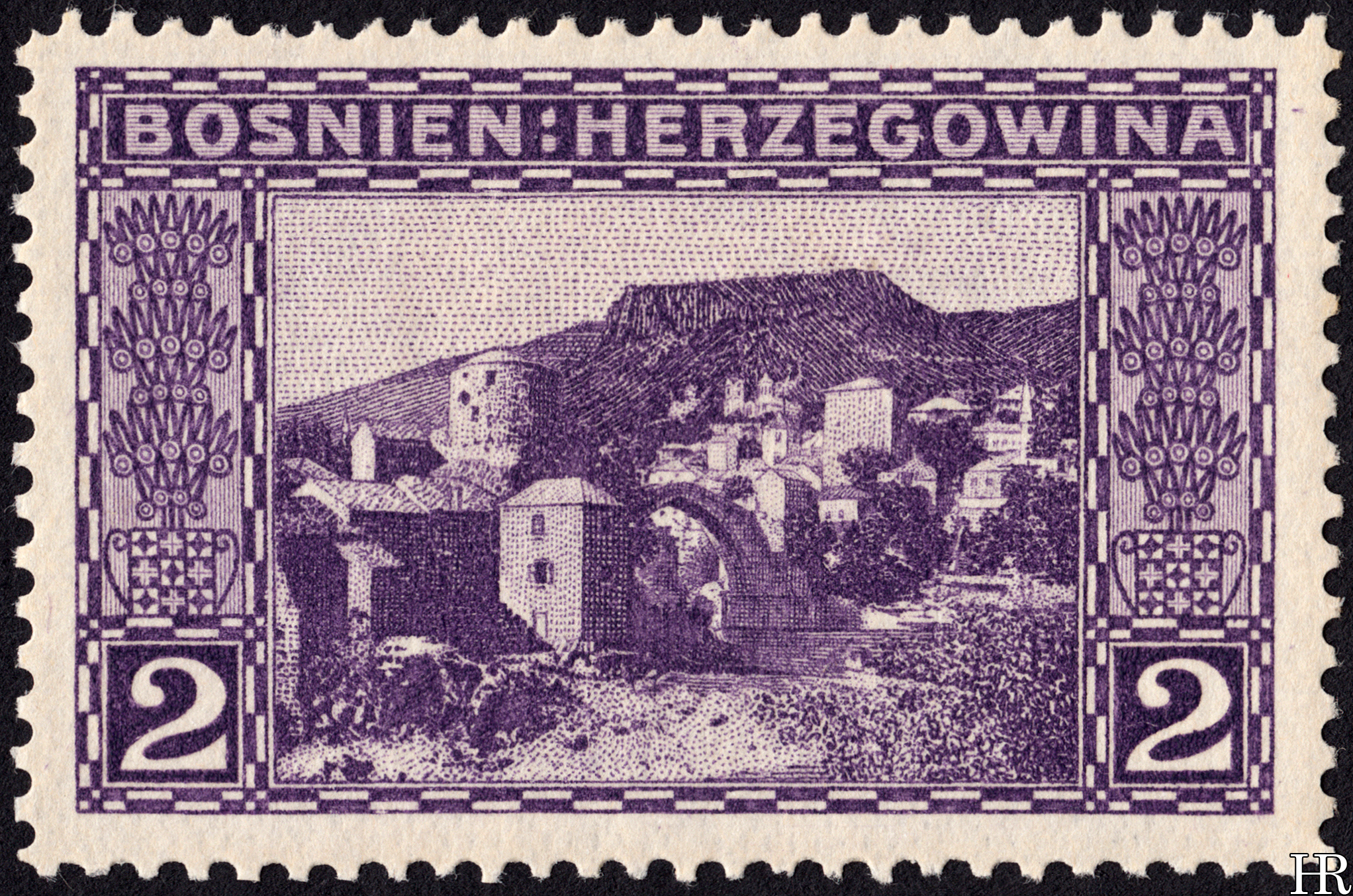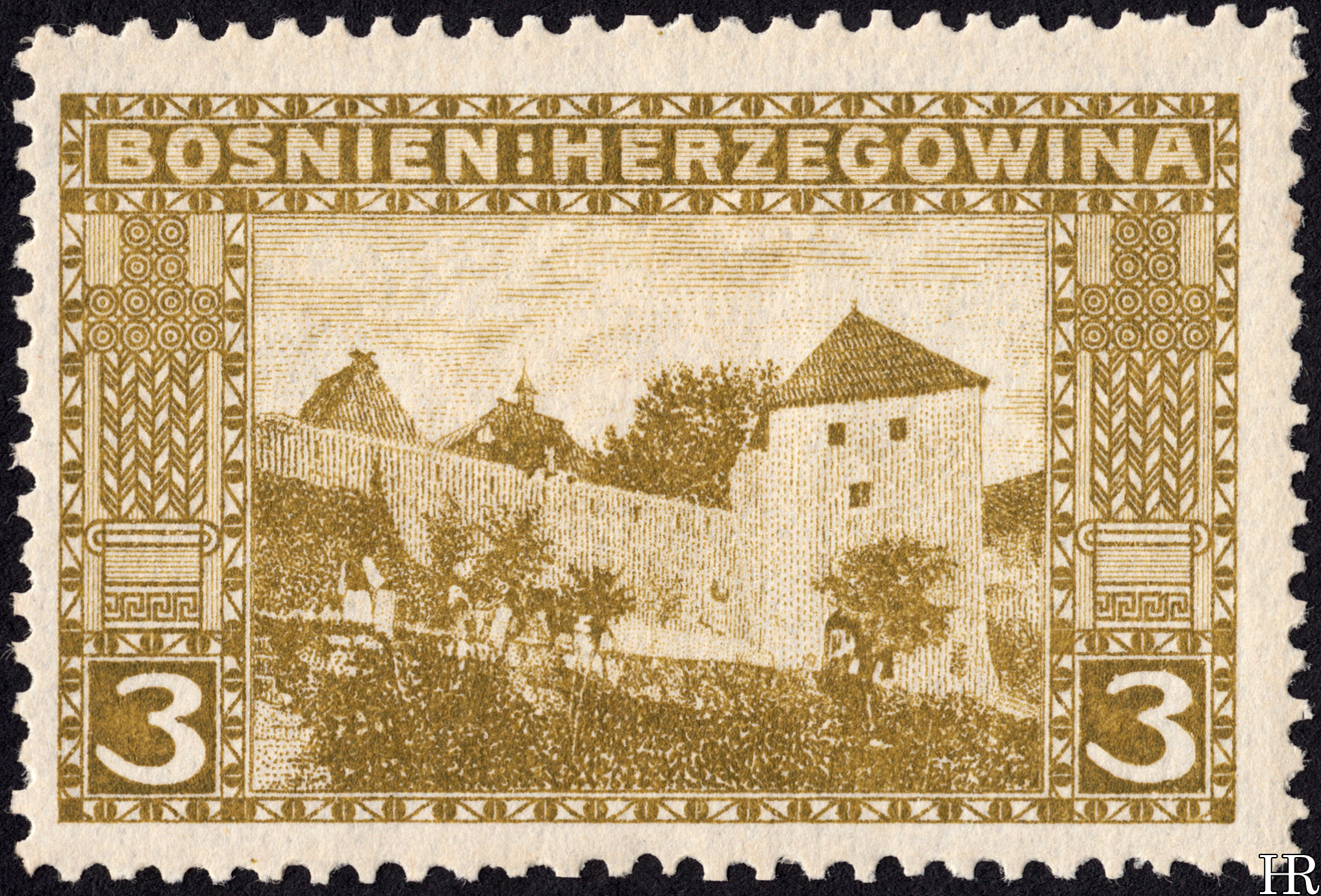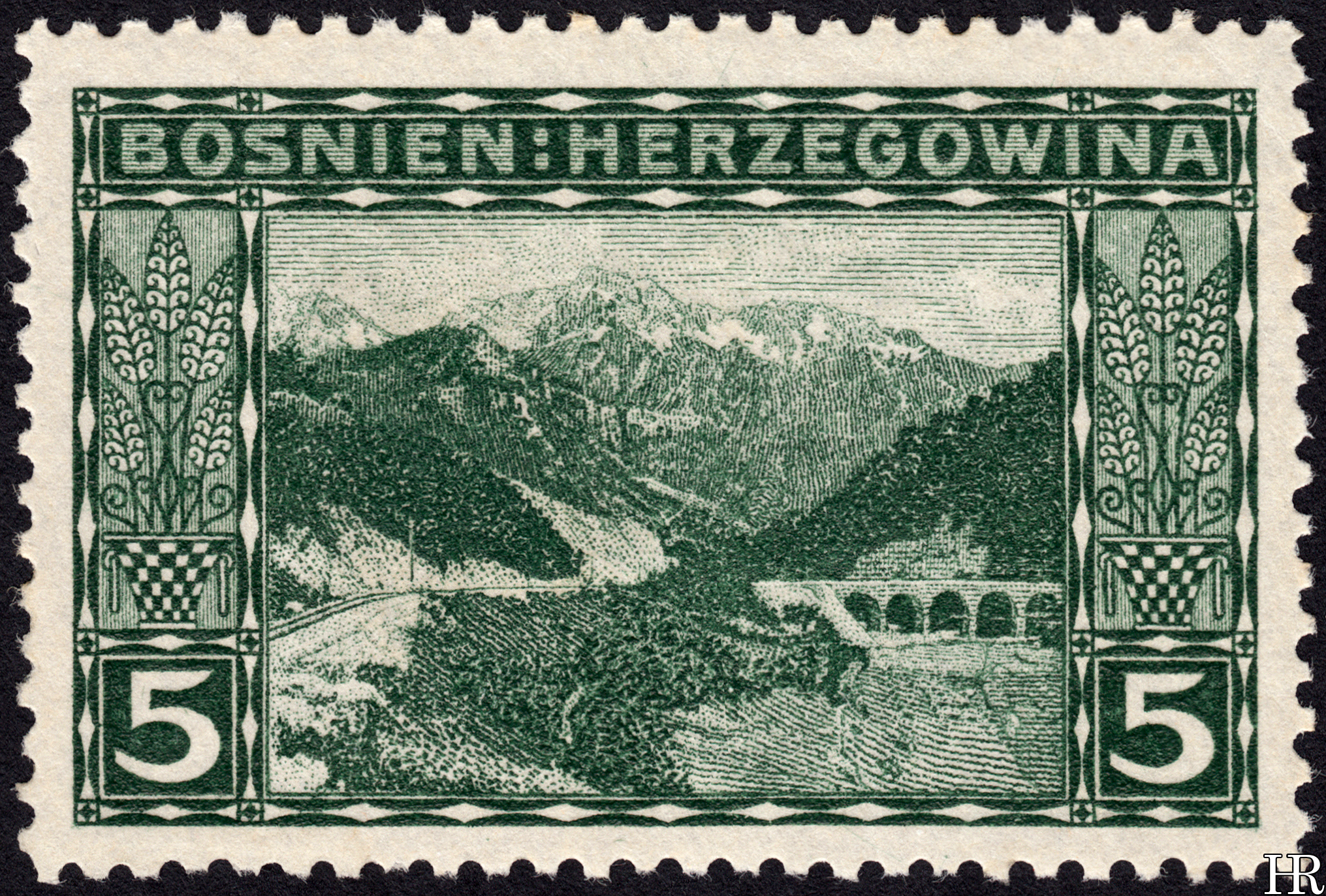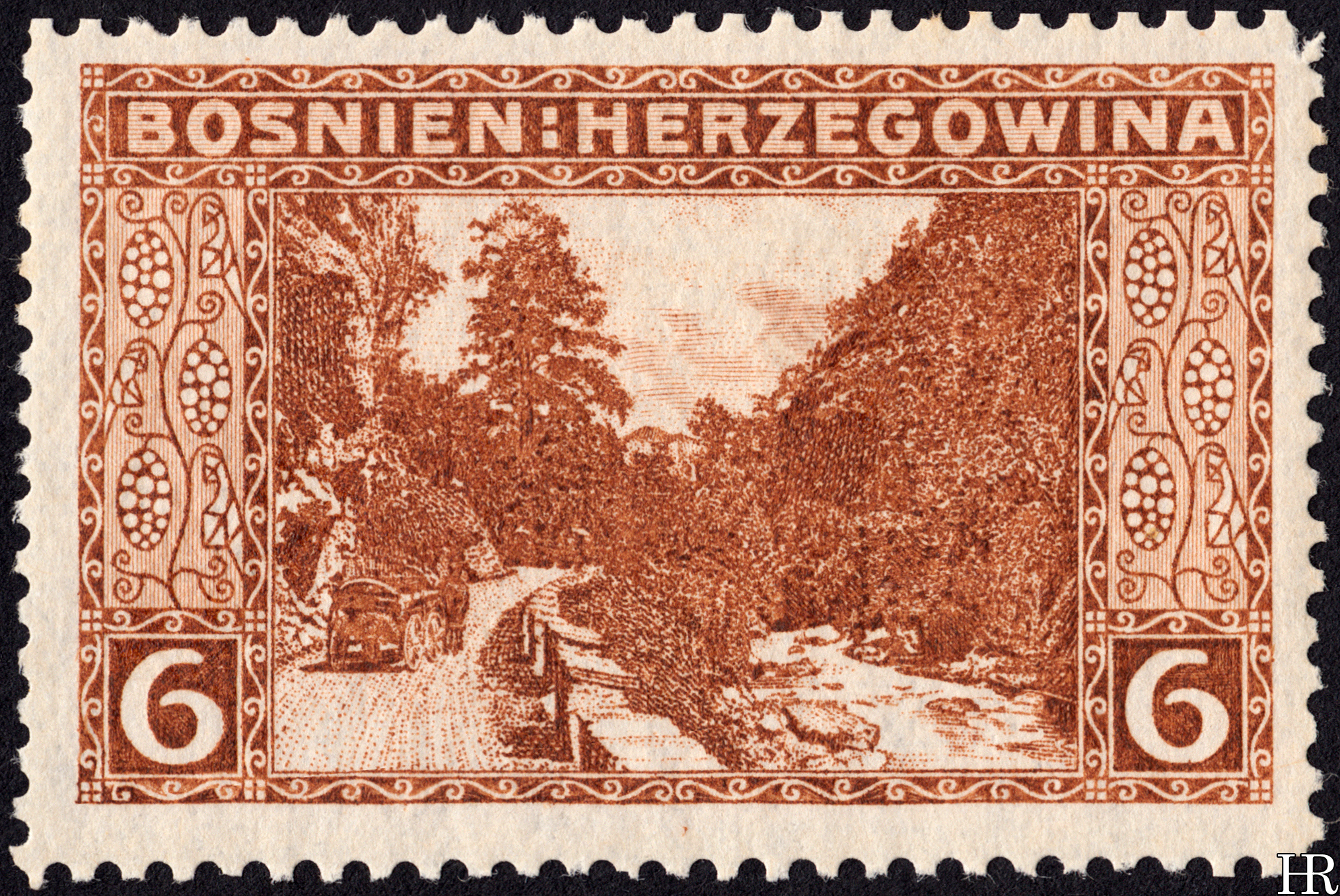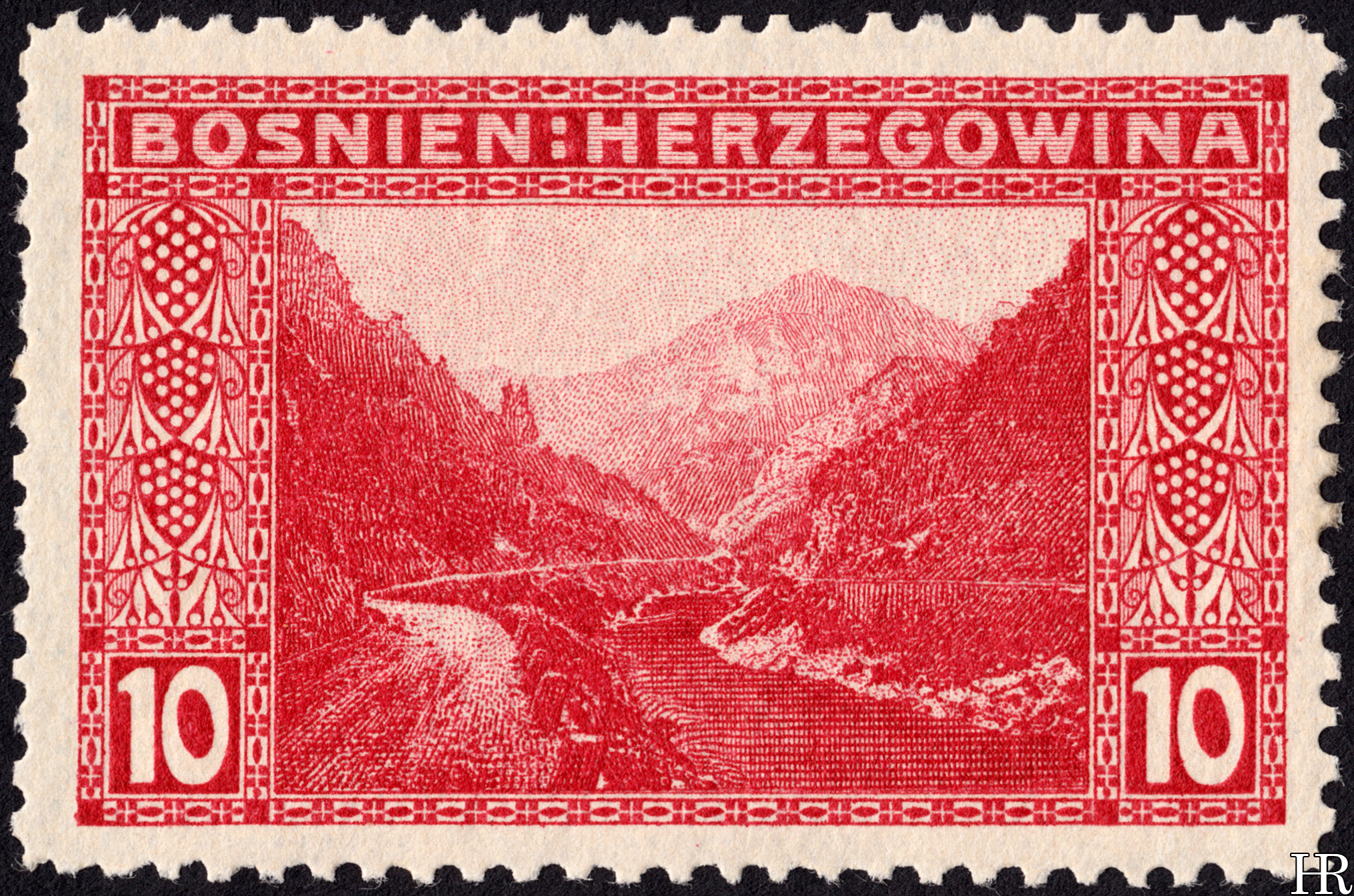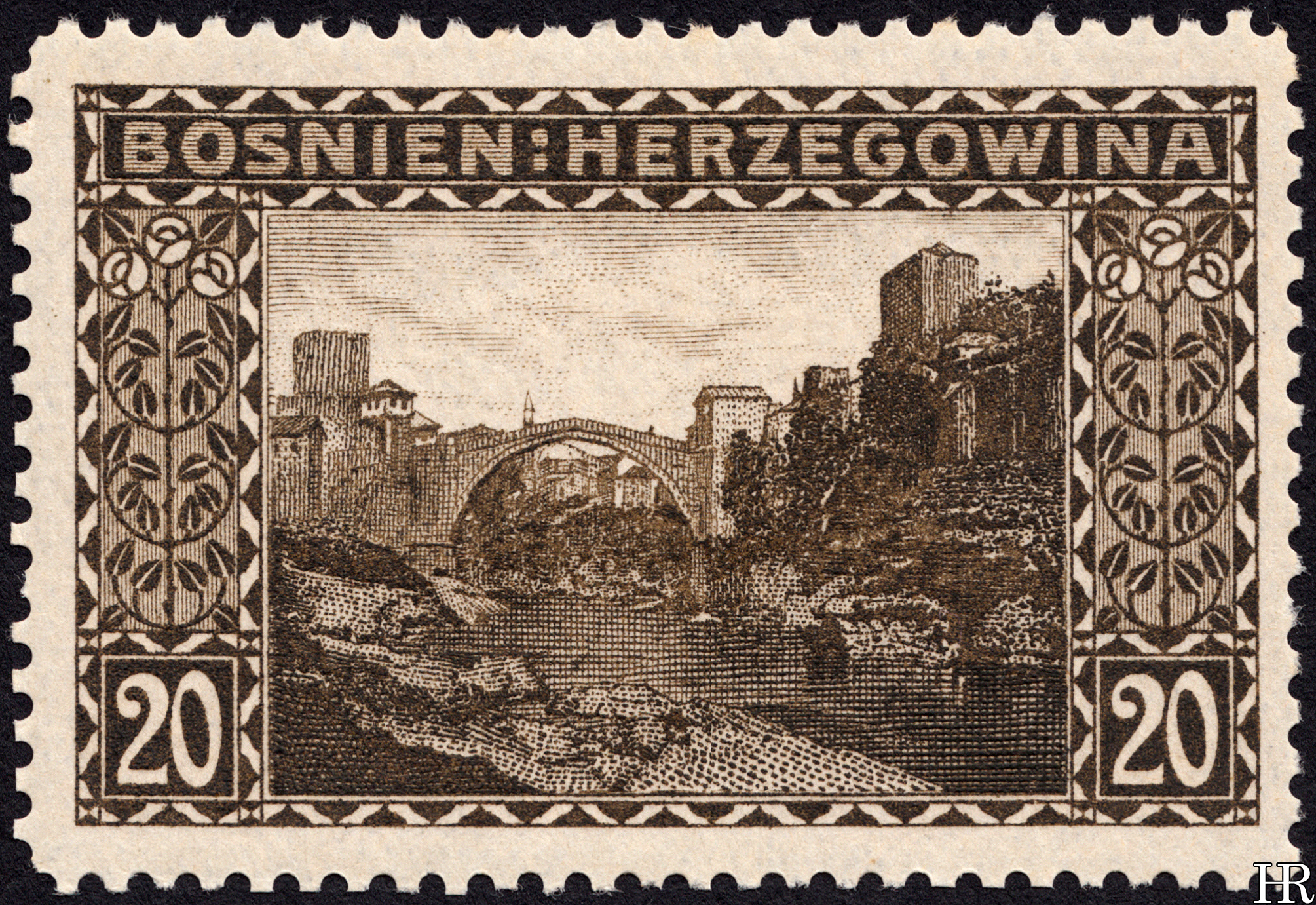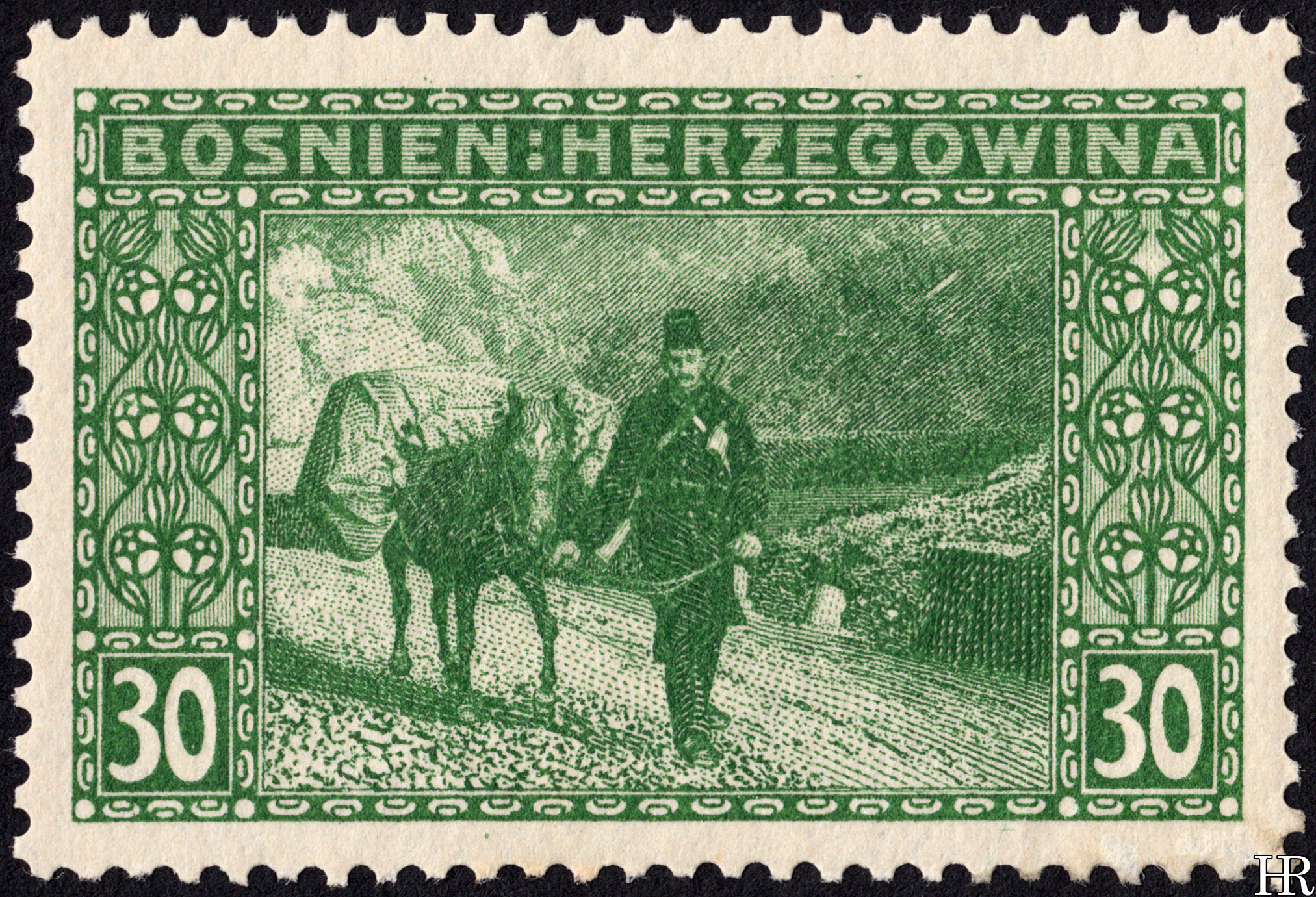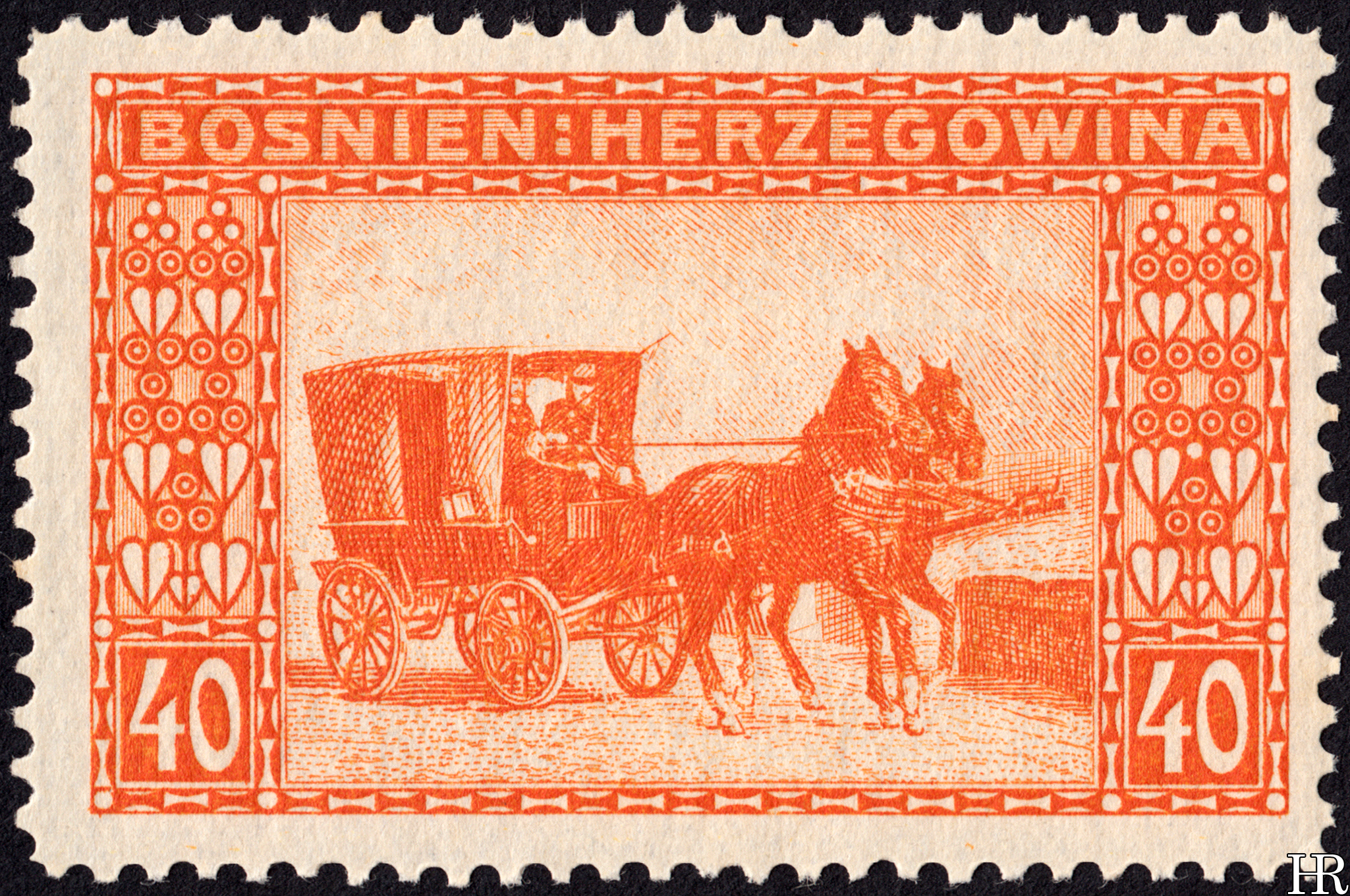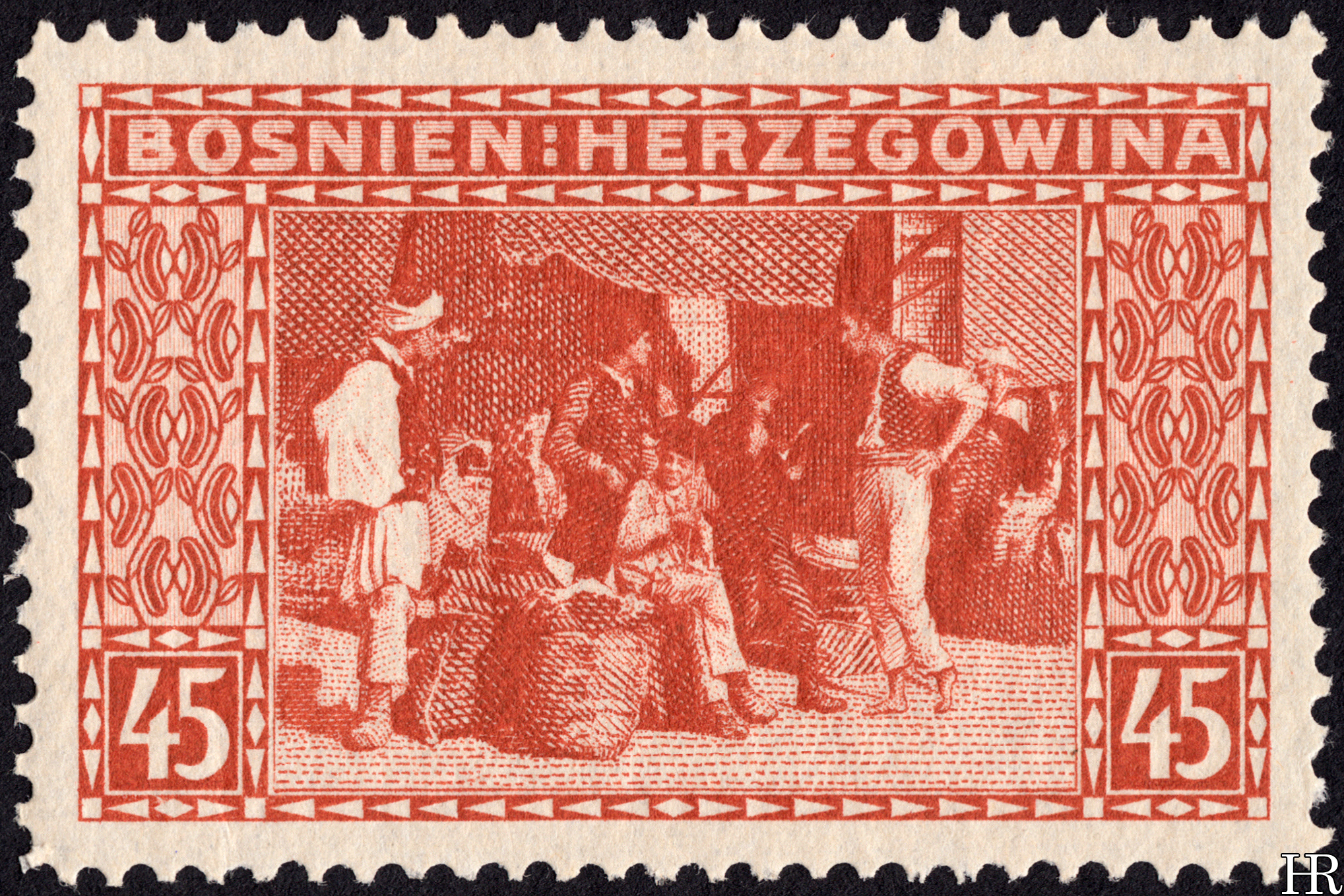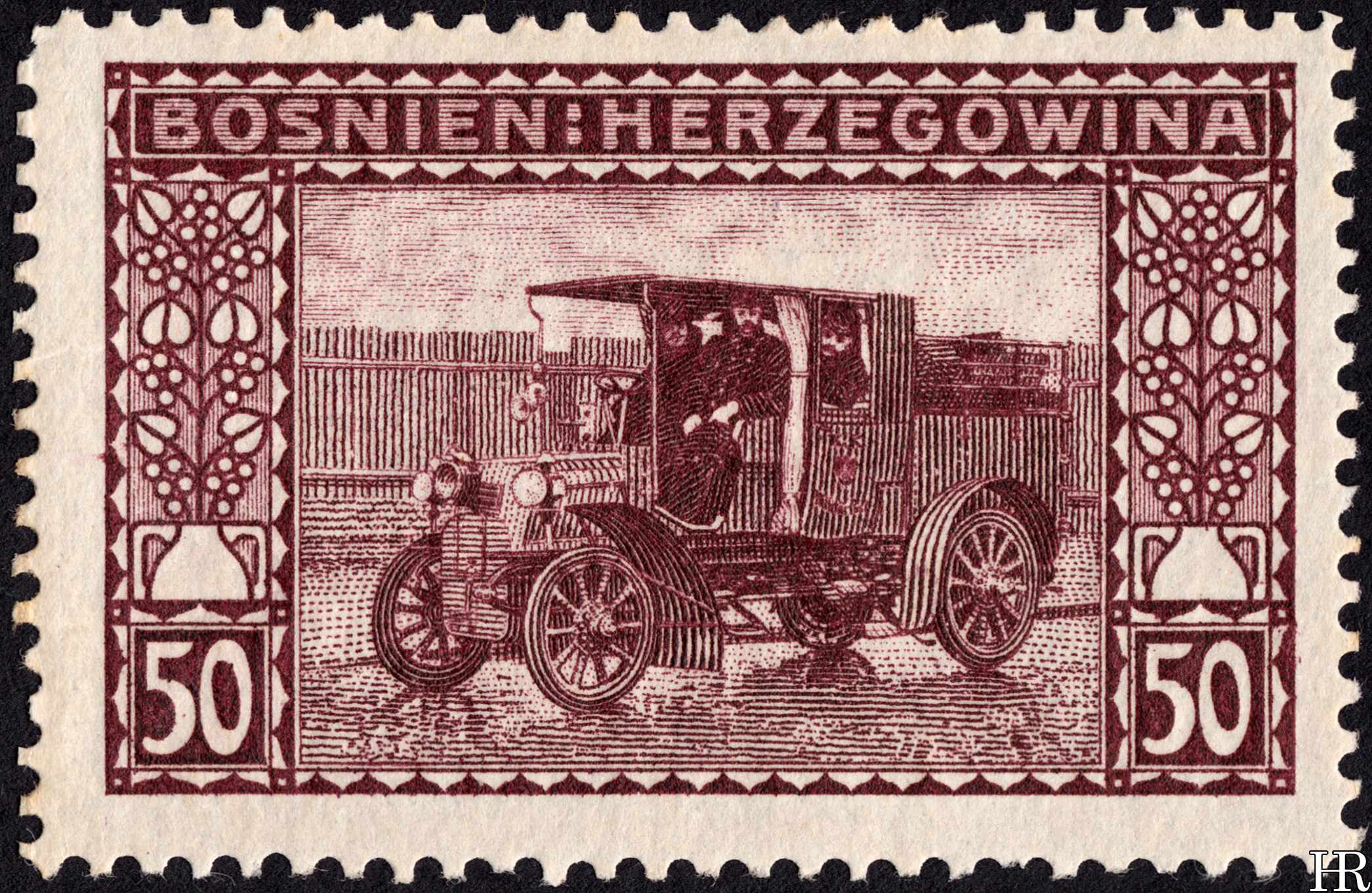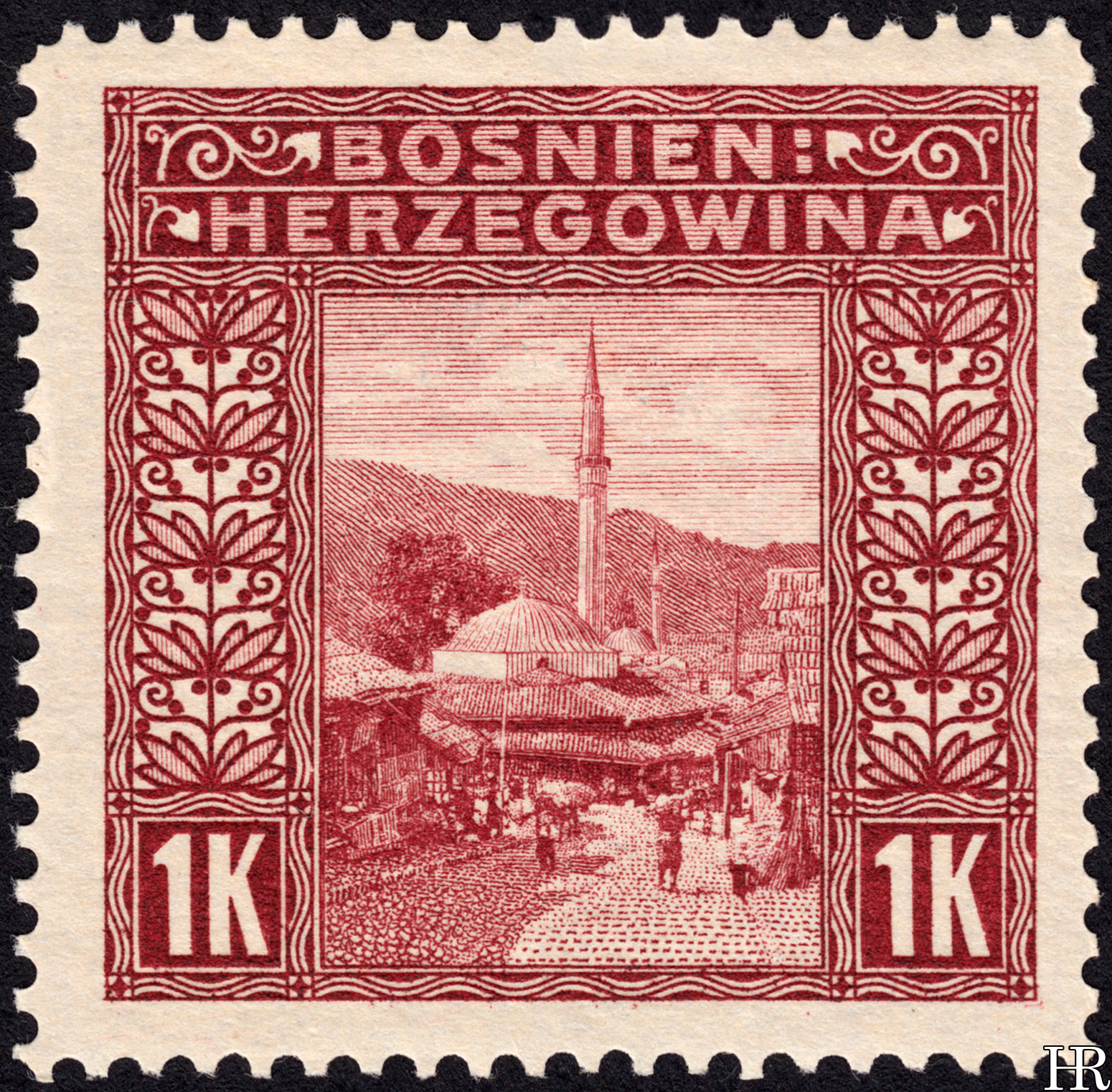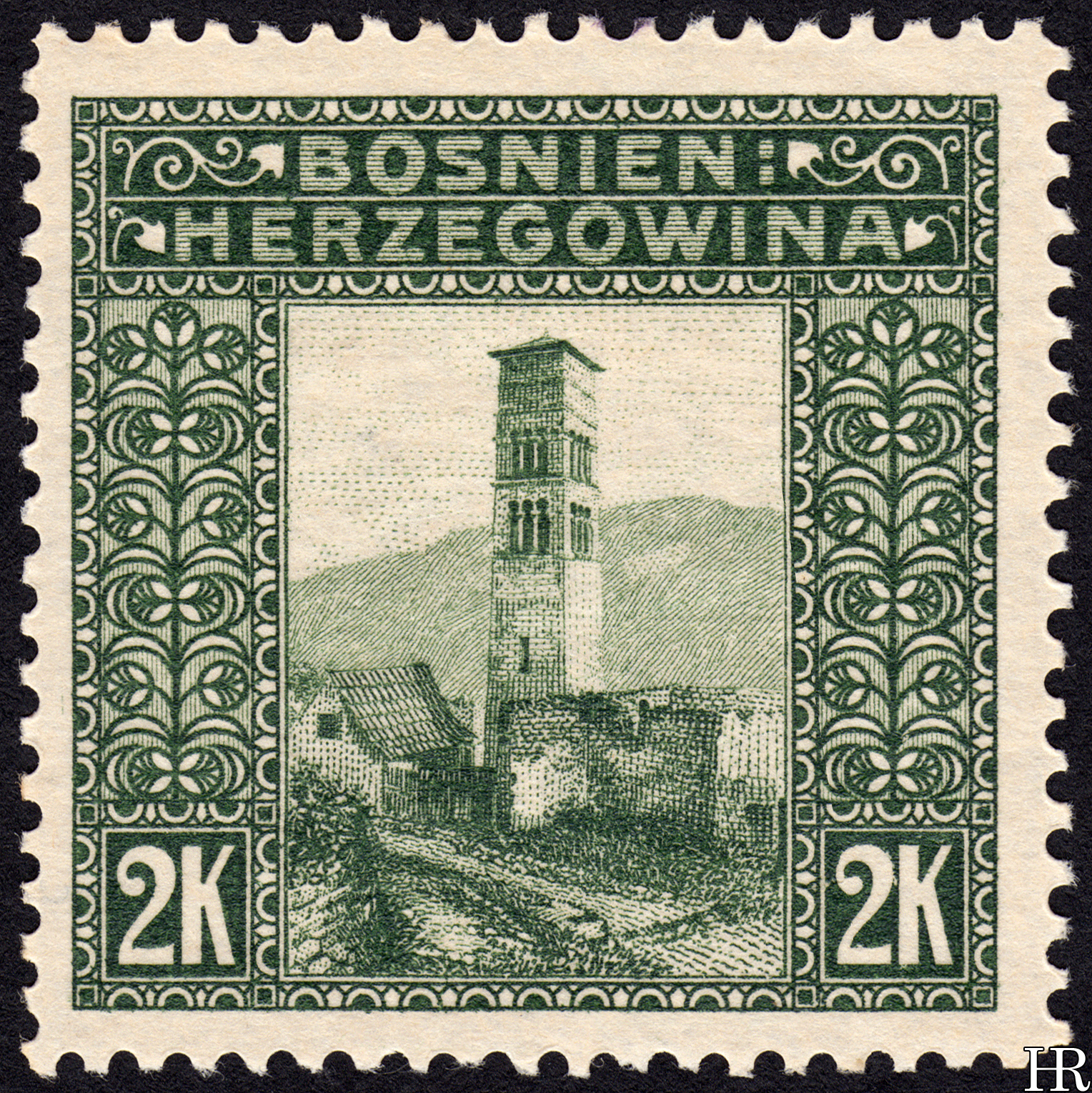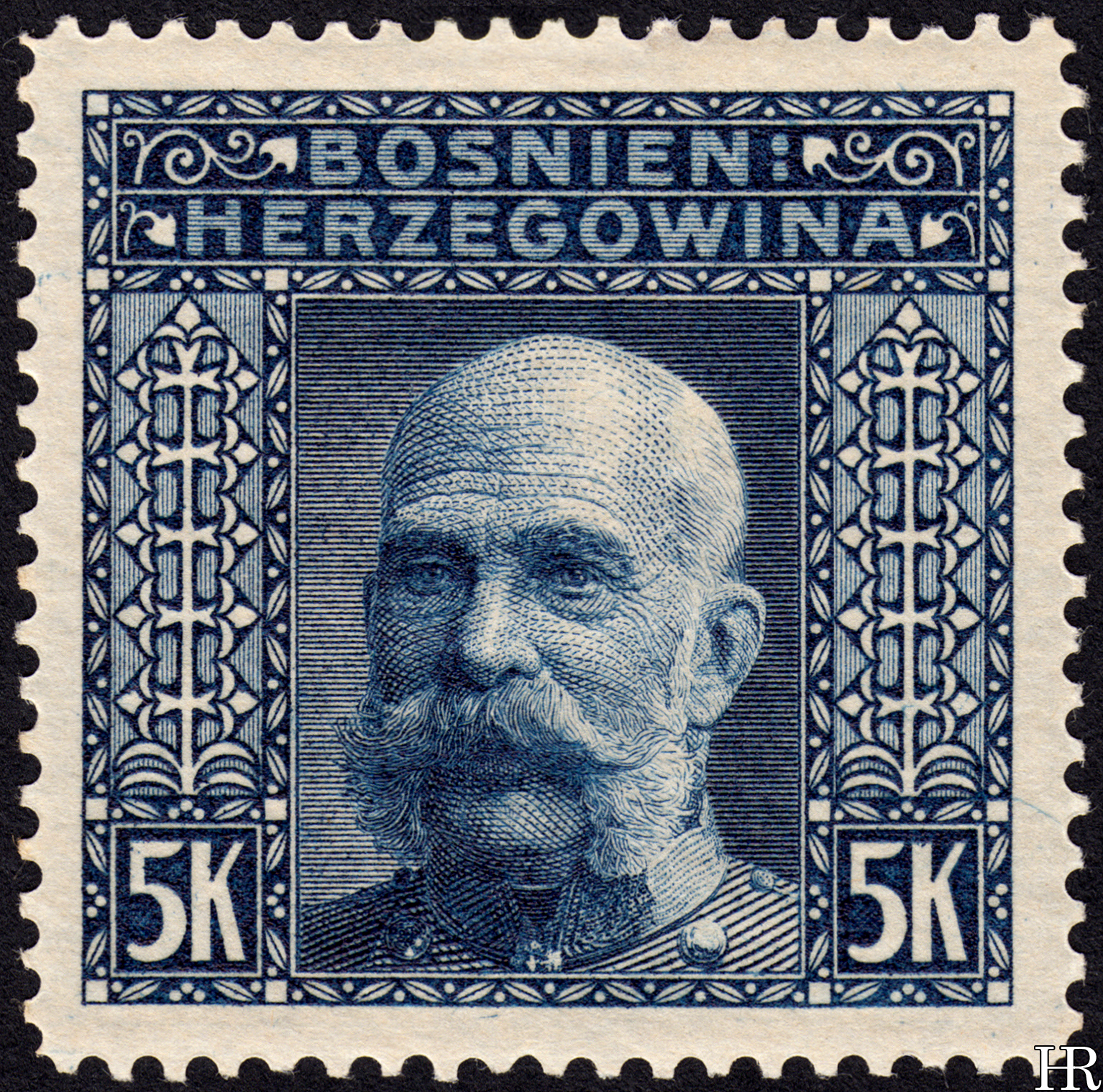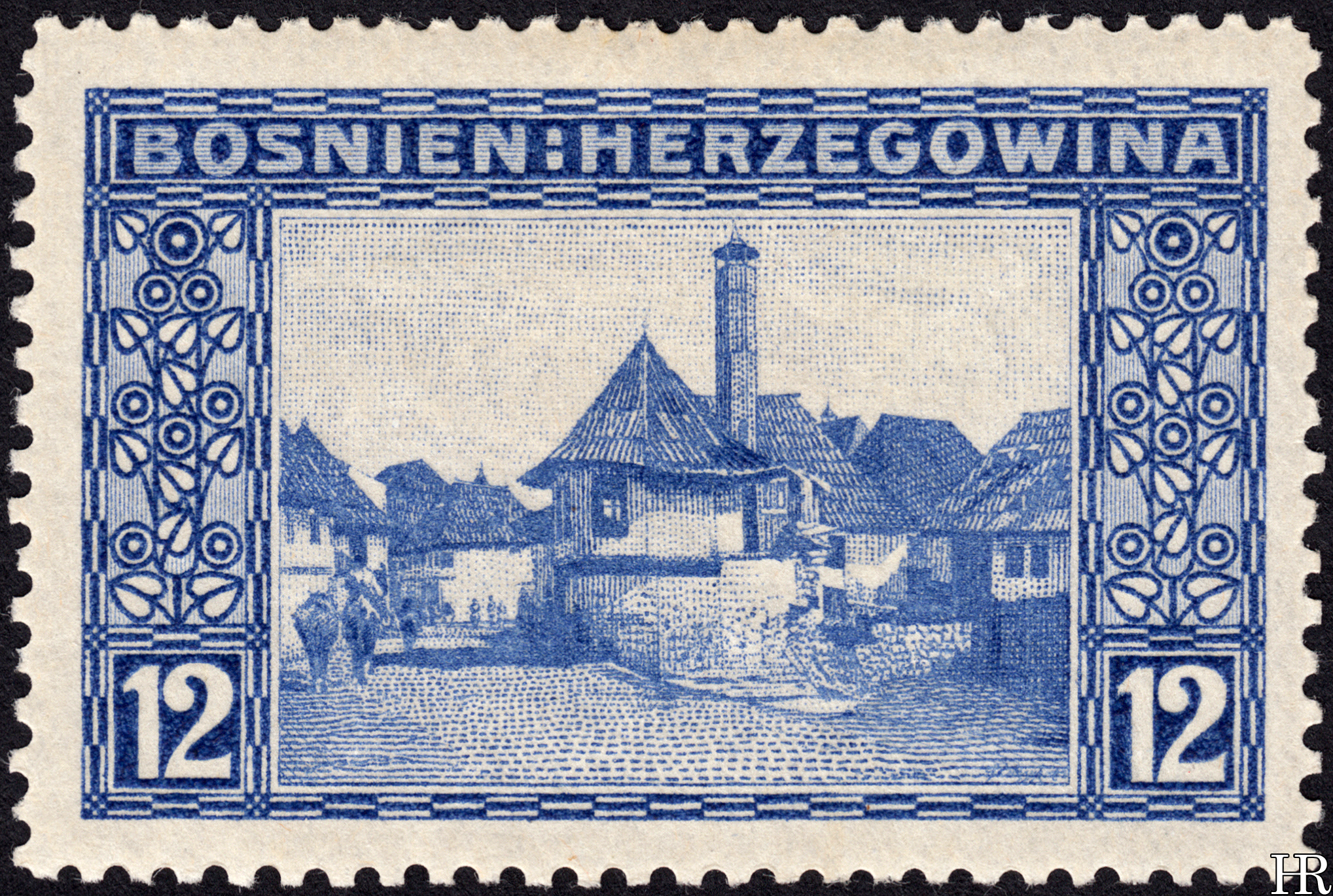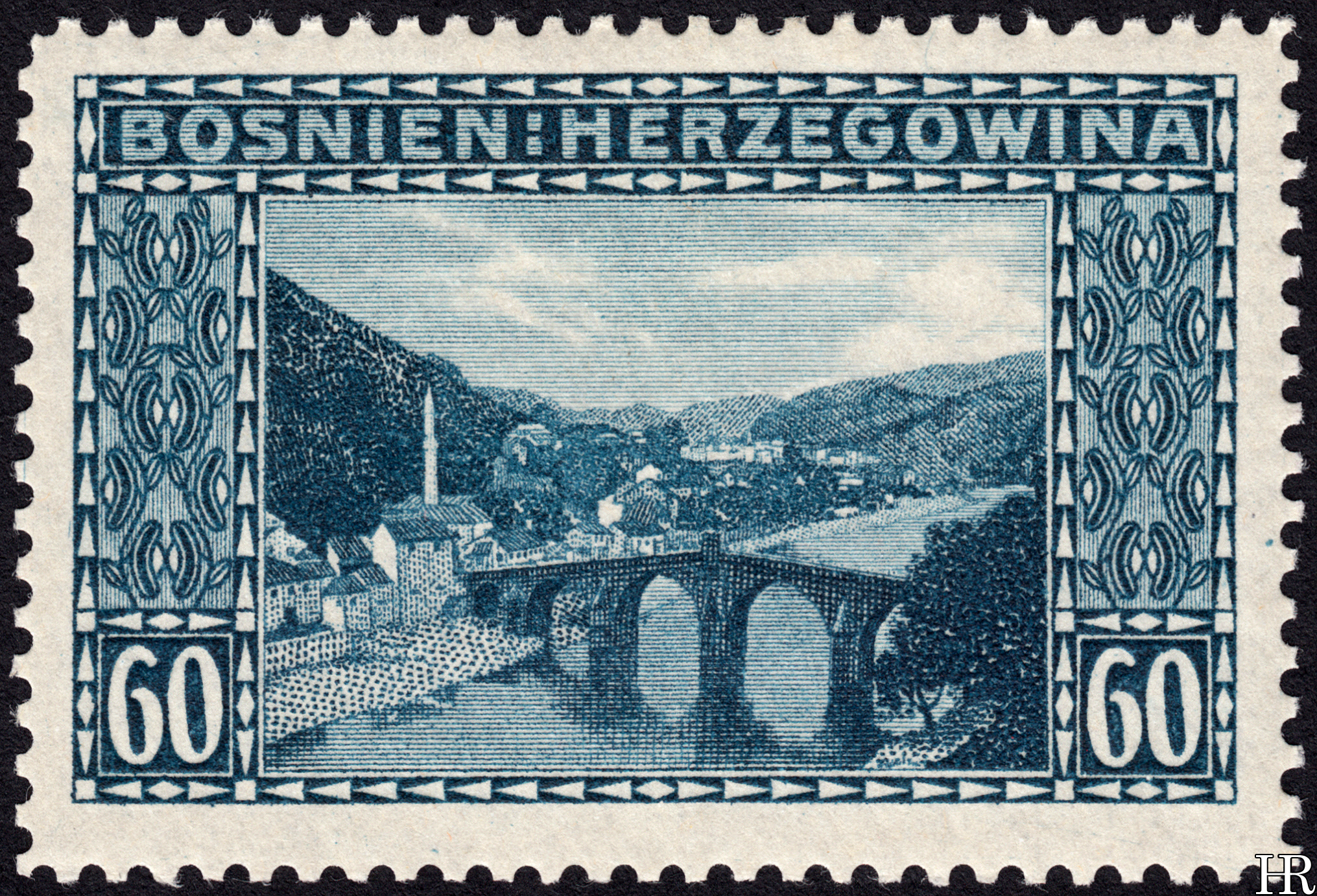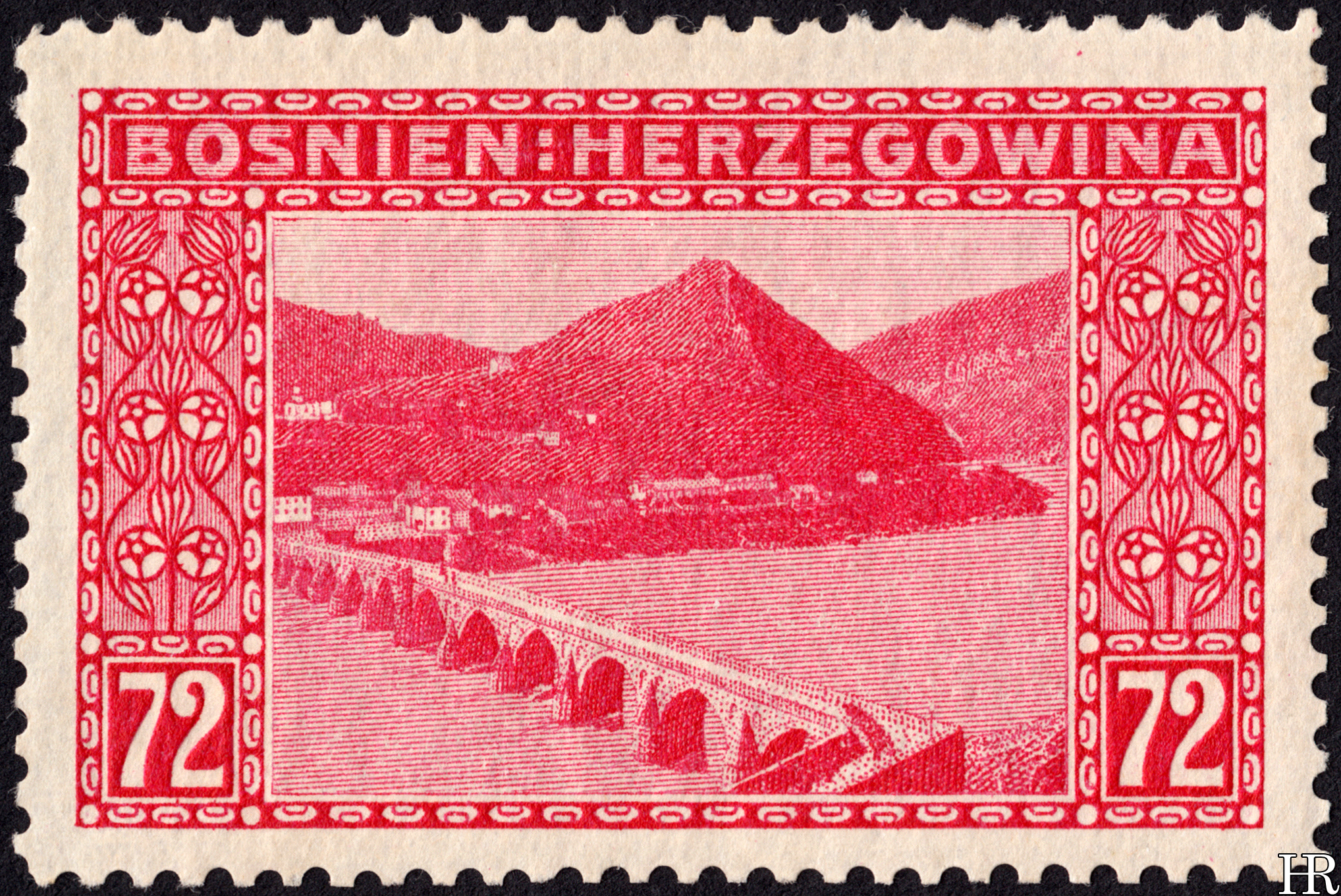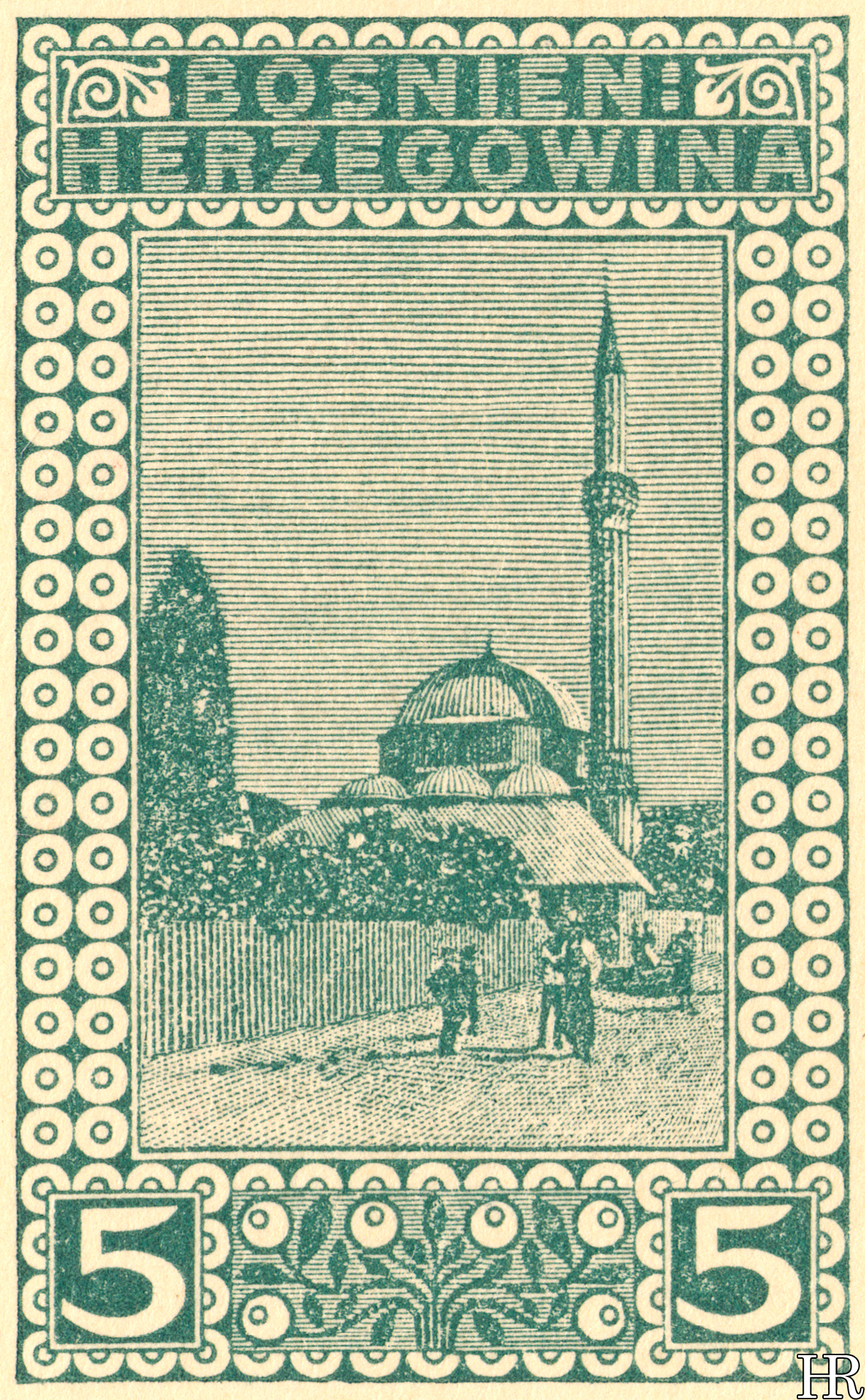Bosnia & Hercegovina
Pictorials, 1906-1912
Currency: Austro-Hungarian krone (100 heller = 1 krone)
Production: Imperial and Royal Printing Works, Vienna
First issued: 1st November 1906
First issued: 1st June 1912
First issued: ???
Koloman Moser in 1905. (Wikipedia) An image of Ferdinand Schirnböck remains at large.
Unquestionably the best pictorial designs ever issued by any country at any time — I'm aware of how large a statement this is but I'm entirely willing to stand under it. Bradbury Wilkinson's Ottoman Empire issues? The Trans-Mississippis? Those Liberian ones with animals on them? They can all take a hike, my friends — this is as good as it gets. This must surely be one of the strongest representations of the "Hapsburg Myth," as well: picturesque, slow-moving country folk, quietly prospering under a gentle, tasteful empire and its avuncular emperor.
Not actually a huge amount to say about these, despite the above. Bosnia had been part of the Ottoman Empire since time immemorial but, as a result of the diplomatic goings-on which took place after the Ottoman defeat in the 1877-1878 Russo-Turkish War, Austria gained the right to occupy and administer Bosnia (which nominally remained an Ottoman possession). Responsibility for the postal service in Bosnia was delegated to the Austrian military post, even the handling of civilian mail. The first Austrian stamps for Bosnia appeared in 1879, all bearing a handsome yet very austere design with no inscriptions whatsoever — it was felt that German writing alone would be a little politically incorrect, and trying to fit German plus Turkish plus the local languages onto a stamp was thought undesirable or impractical. Anyway that design rolled along uneventfully until 1906, when it was replaced with this issue here.
Naturally, Austria wished to fully annex Bosnia, and their desires were given greater impetus after a 1903 régime-change in Serbia brought a pan-Slavic anti-Austrian government to power. To cut a long story short, Austria went ahead and formally incorporated Bosnia into the Empire in 1908: this caused great alarm at the time, although Austria essentially got away with it, in terms of actual consequences. Nevertheless, the episode inflamed anti-Austrian feeling in the Balkans yet further, with well-known results.
Anyway this is a little digressive but it's perhaps worth looking at the stamps in this context: these first appeared in 1906, just a couple of years before the annexation of Bosnia. While I have actually no idea what prompted these into existence, it's not hard to read a growing Austrian confidence in them: an inscription finally appears — the German "BOSNIEN-HERZEGOWINA" — several of the stamps depict Austrian military personnel (not to mention the appearance of the emperor himself on the highest value), and the general excellence of the designs reflects the great flourishing of Austrian visual art which was taking place at the time.
These stamps were the inaugural collaboration of Koloman Moser (designer) and Ferdinand Schirnböck (engraver), who as a combination went on to turn everything they touched into gold, until Moser's premature death in 1918. Schirnböck was a stamp-engraving veteran by 1906, but these stamps were the first Moser had ever designed(!), making their quality even more startling. And not to belabour this too much, but these are really superlative designs: the printing is not quite as fine as it perhaps might be, but that's a minor issue — that aside, these are about as perfect as it's possible to get. The central vignettes are outstandingly executed and, even more importantly, the frames are well-balanced and harmonious with the central picture. Moser's background was in Art-Noveau, and he threw out the usual stamp-designer's vocabulary of scrolls, columns, ovals, etc. in favour of some highly tasteful geometric patterns and stylised arabesques: the central designs are framed perfectly but no attention is drawn away from them by the surrounding detail. Just a real class act overall.
This issue first appeared on the 1st November 1906, in a slightly reduced form: the 12, 60 and 72 heller designs didn't follow until the 1st June 1912, for reasons unknown (a change in rates, or similar, I'd imagine). Sadly the entire issue was retired, again for reasons unknown, towards the end of 1912, replaced with an equally well-executed but less interesting set of portraits of the emperor (another Moser/Schirnböck collaboration, at least).
This issue seems to have had plenty of genuine use (or at least as much genuine use as can be had in six years in a small, largely rural country), although certainly a lot of specimens seem to have been cancelled with suspicious neatness. These can be found perforated in about a dozen different gauges (plus compound perforations), as well as imperforated — little clarity seems to have ever emerged as to why.
In 1910 these stamps (minus the three 1912 appearances of course) were issued in a slightly different form: the bottom frame was expanded to read "1830-1910," as a commemoration of the Emperor's eightieth birthday. This is to no harm to the designs, I think, but doesn't really improve them either. Some miscellaneous overprints followed during the First World War. The stamps were also overprinted by the nascent Kingdom of Yugoslavia. All of the Yugoslav overprints were on stamps from the 1910 issue, as far as I'm aware, which perhaps suggests that there were few remainders of the 1906 issue still around in 1918 — if this is the case then the relative commonness of mint sets of the 1906 issue is perhaps better attributed to dealers buying it up in quantity when it was current. For some reason proof material can be found relatively cheaply: at right is a proof of the 1 heller and a colour trial of the 5 kronen.
Less commonly seen are the two postal stationery items bringing up the rear. I can't find any information on when these were issued, who designed them or what they're meant to be depicting, but certainly they're in the same idiom as the stamp designs, so I would hope attributing them to Moser and Schirnböck isn't too much of a reach. A quick google would appear to indicate that the 5 heller shows the Ali Pasha Mosque in Sarajevo, while on the 10 heller is the Pliva Waterfall in Jajce. These are, of course, typeset instead of recess-printed.
PS as a final comment, I note that these stamps are often described as, variously, the first pictorials or the first pictorials to depict landscapes and/or ordinary people. These are, in fact, none of these: New Brunswick had pictorials as early as 1860 (and there may well be older ones escaping me at the moment), New Zealand and the USA both had landscapes before 1900, and (randomly flicking through my catalogue here) I see pre-1900 depictions of farmers etc. from Newfoundland, Uruguay and the USA. Certainly though, an entire issue devoted to this subject-matter was unusual for its time.
21/04/2017

